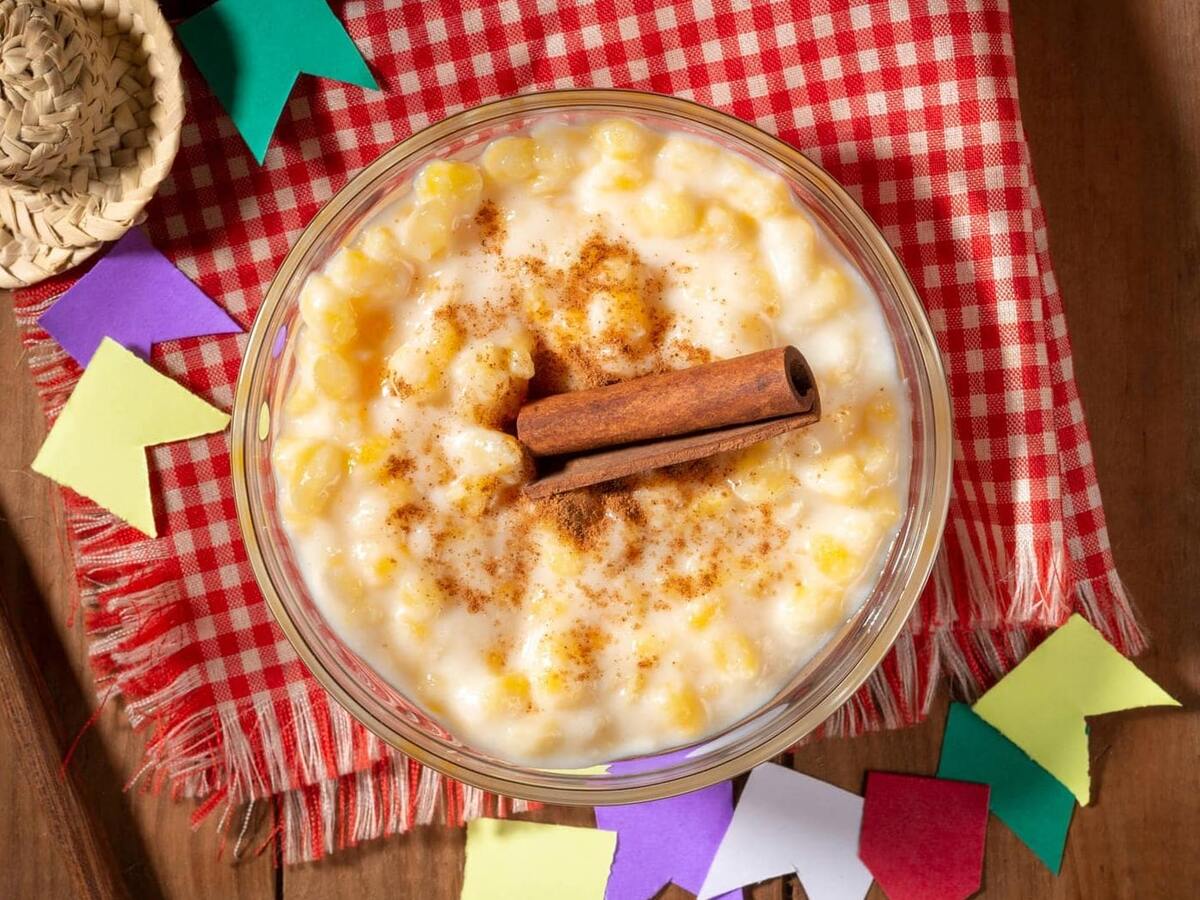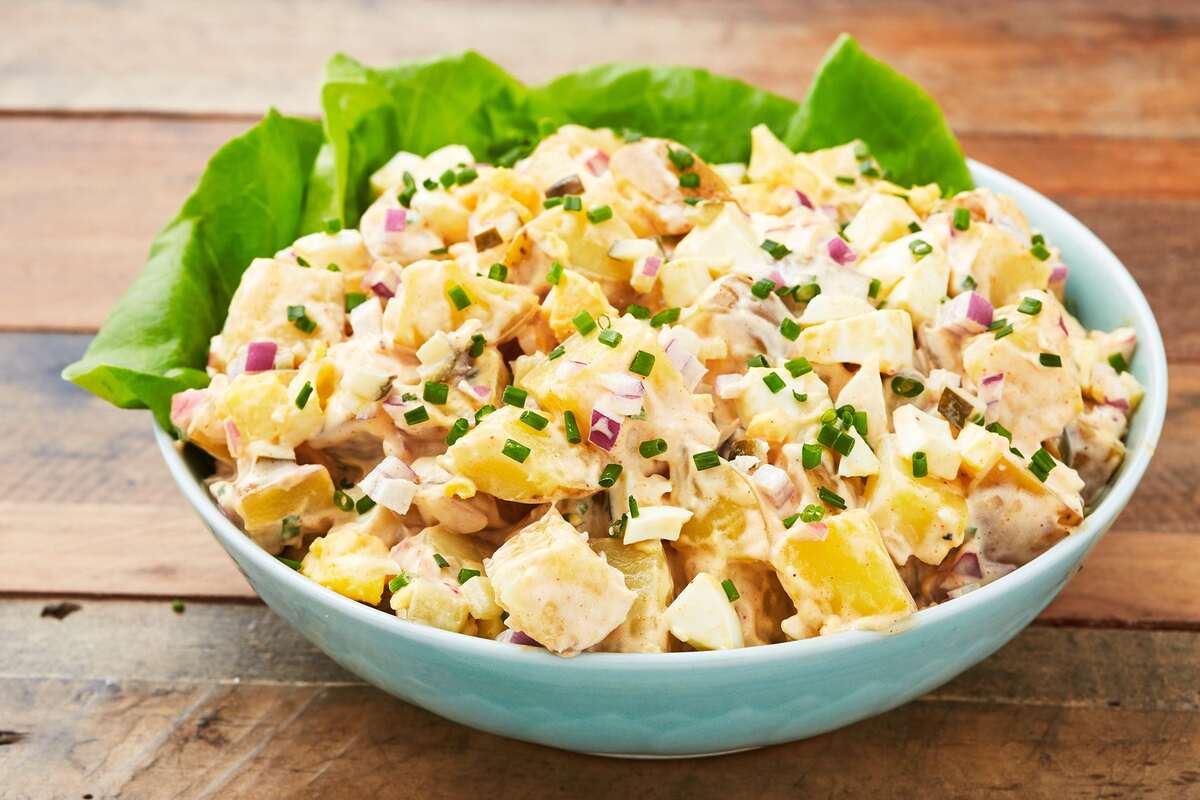Canjica is a traditional Brazilian dessert that’s sweet, creamy, and oh-so-delicious. Made with corn, milk, and spices, this comforting dish is perfect for any occasion. Whether you’re looking for a tasty treat to enjoy on a chilly evening or a sweet snack to share with friends and family, canjica is sure to hit the spot.
In this blog post, we’ll explore the rich and creamy flavors of canjica and show you how to make this delicious dessert at home. With our easy-to-follow recipe and step-by-step instructions, you’ll be able to create a tasty batch of canjica in no time.
But first, let’s talk about what canjica is and where it comes from. Canjica is a traditional Brazilian dessert that’s popular throughout the country. It’s made with white or yellow dried corn kernels that are cooked in milk, coconut milk, sugar, and spices until they’re soft and tender. The result is a sweet and creamy dish that’s perfect for enjoying as a dessert or snack.
Canjica is often enjoyed during the winter months and is a popular dish at Festas Juninas, traditional Brazilian celebrations that take place in June. However, it’s also enjoyed year-round as a comforting treat.
One of the great things about canjica is that it’s easy to make at home. With just a few simple ingredients and some basic cooking skills, you can create a delicious batch of canjica in your own kitchen. And the best part? You can customize the recipe to suit your taste by adding different ingredients like shredded coconut, ground cloves, or peanuts.
In this post, we’ll walk you through the process of making canjica from start to finish. We’ll show you how to prepare the corn kernels, cook them until they’re tender, and combine them with milk and spices to create a creamy and delicious dish. We’ll also share some tips and tricks for customizing your canjica to suit your taste.
So if you’re ready to discover the delicious world of canjica, grab your apron and let’s get cooking! This traditional Brazilian dessert is sure to become a new favorite in your home.
[penci_recipe]


